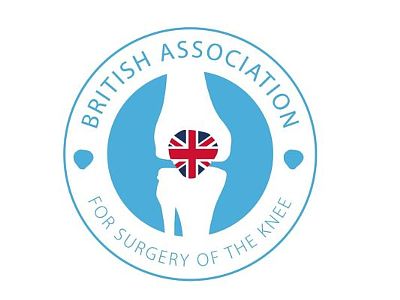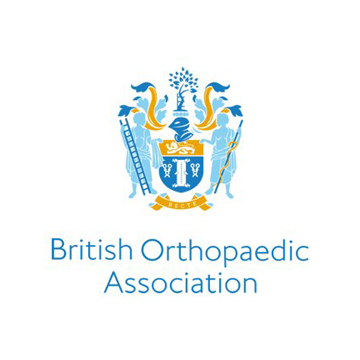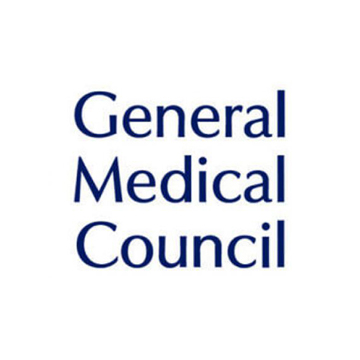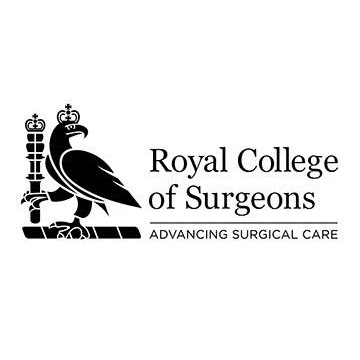ACL Reconstruction
Professor Prakash is based in Birmingham but has clients from across the UK
ACL Reconstruction
Professor Prakash specialises predominantly in knee and hip joint surgery especially for young adults (age 20-65). He routinely performs surgery related to sports injuries and arthritis and one of his key focuses is on ACL Reconstruction. Mr Prakash is based in Birmingham and has multiple clinic locations in this area however he does see clients from across the UK.

ACL Reconstruction
The anterior cruciate ligament (or ACL) is one of two ligaments situated in the middle of the knee, and is essential for the stability of the joint. This ligament is torn commonly during a sporting activity, but may also result from a simple twisting injury to the knee.
It is recommended that the tear of an ACL is treated by reconstructing or rebuilding the ligament. Failure to stabilise the joint by reconstructing the ligament may result in early arthritis. Reconstruction of the ACL is a major surgical procedure, and the rehabilitation after the operation can take between nine and 12 months.
ACL Repair
Occasionally it is possible to repair the ACL. If a young person has had avulsion of the ACL either from the femur or the tibia, and the patient is seen within a few weeks of the injury, then it may be possible to repair the ACL.
Symptoms
If there has been complete rupture of the ACL, the knee usually produces significant symptoms of variable intensity, and affects activities especially sports. The symptoms may be:
• Sense of instability or weakness of the joint
• Swelling
• Pain
It is very common for the person to feel as if the knee would give way under him/her especially whilst playing any sport.
Treatment
A torn ACL does not heal spontaneously. To stabilise the joint, a new ligament has to be reconstructed using a graft using one of the following materials:
• Quadriceps tendon graft
• Patellar tendon graft
• Hamstring graft
• Synthetic graft
• Allograft
The inside of the knee is visualised by an arthroscope. A tunnel is drilled first through the shin bone and then through the thigh bone. An appropriate sized graft is passed through the tunnels and fixed very securely in each bone, using either large screws or other appropriate fixing devices. When tendon tissue is first harvested for a graft, it loses its blood supply. As a result its strength deteriorates until a new blood supply is established in it. When the graft tissue is inserted into the knee, the healing process starts and gradually new blood vessels grow into it. New cells migrate into the tissue and begin to repair and re-model the graft.
Patient physical activity is restricted, particularly for the first six weeks. After that, the activity may be gradually increased. It is usually nine to 12 months before unrestricted activities are permitted.
Prof Prakash’s approach: He performs this surgery using the arthroscope via keyhole surgery, enabling him to make sure that any other injuries to the joint are assessed and treated. It also helps him to optimise the position of the graft. He prefers to use the quadriceps tendon graft as it gives a predicable sized graft. He has also used other graft materials like the hamstring and the patellar tendon. He has performed this surgery in many soldiers who have been able to achieve the highest level of fitness to be able to be deployed to war zones. He choses to use this graft in not only high-performance individuals, including sportsmen, but all his patients. He places the graft in anatomical position. His patients go home on the day after surgery, once pain control has been achieved.
If you are interested in finding out more about this subject, then please visit this site where you can get great information.
Further read: https://orthoinfo.aaos.org/en/diseases–conditions/anterior-cruciate-ligament-acl-injuries/
Cruciate Ligament Injury
Inside each knee, there are two very strong ligaments providing stability to the joint. They are:
- Anterior cruciate ligament (ACL)
- Posterior cruciate ligament (PCL)
Tears of these ligaments can occur following significant trauma to the joint, often sustained during participation in sporting activities. However, this is not always the case and tears to the cruciate ligaments can occur after any kind of injury. The ACL is much more commonly damaged than the PCL.
Symptoms
Symptoms of this injury include:
- Severe pain
- Significant swelling of the joint within a couple of hours of sustaining the injury
- If the tear was sustained during sporting activity, inability to continue to participate
- Persistent sense of instability




